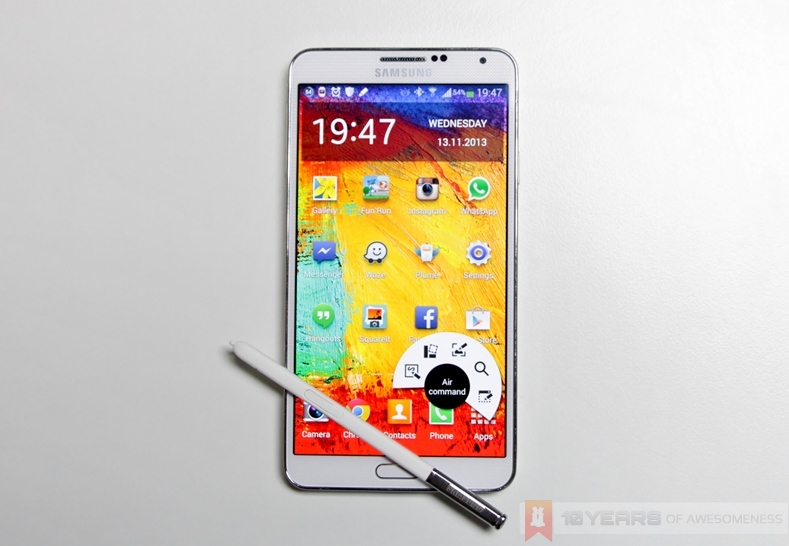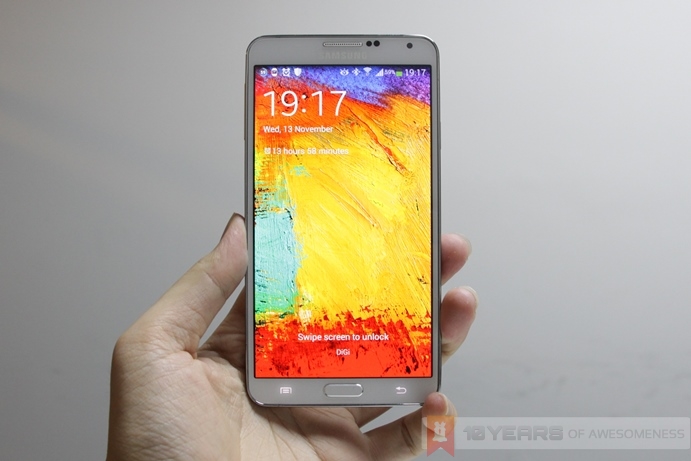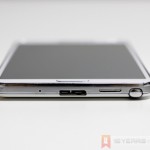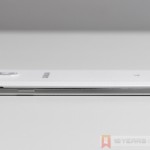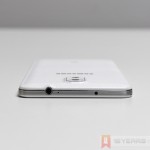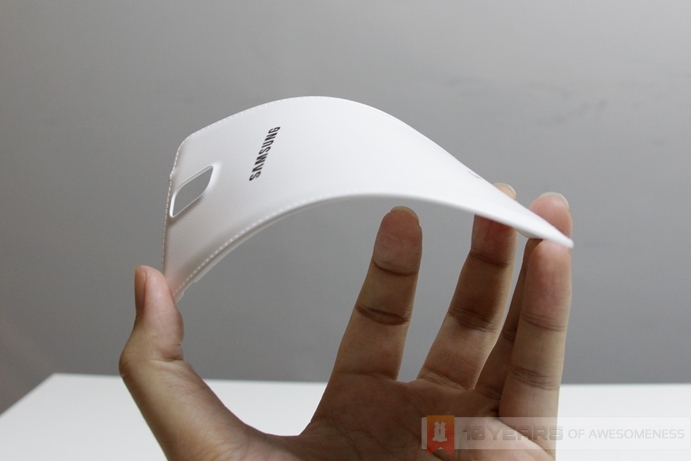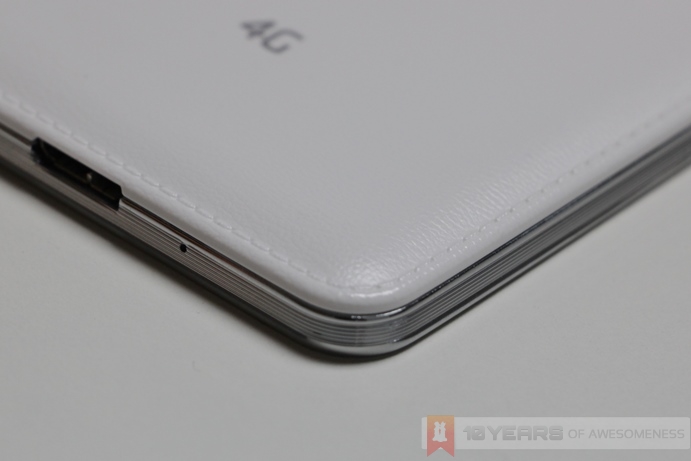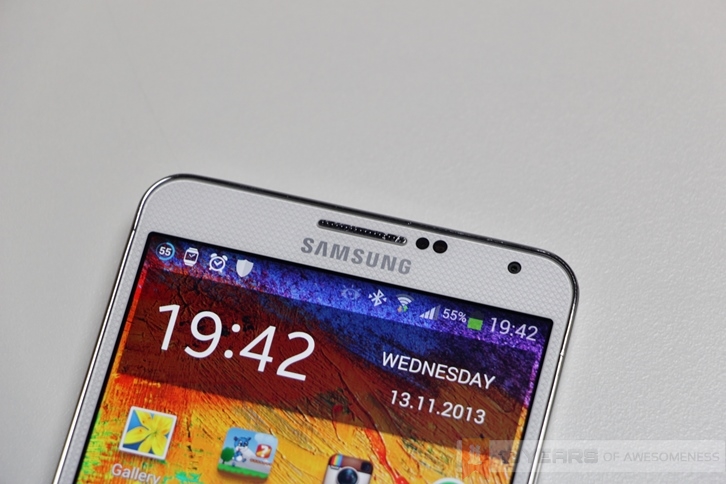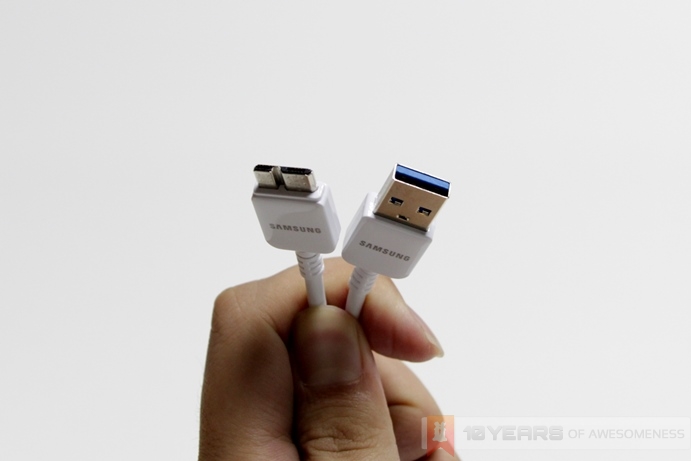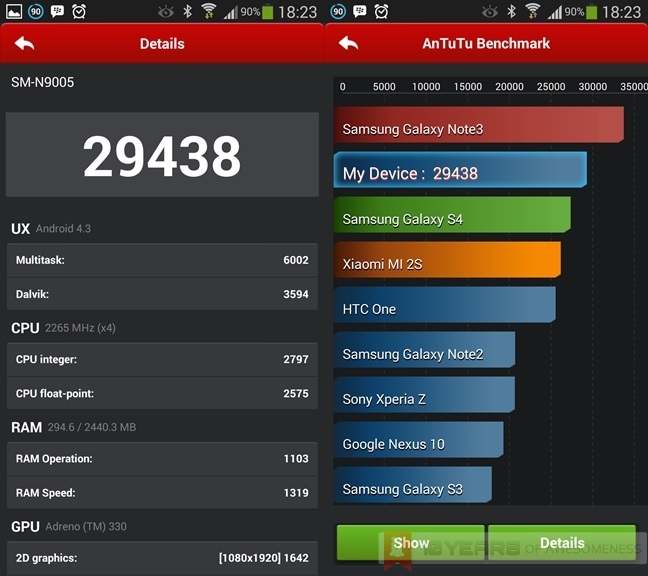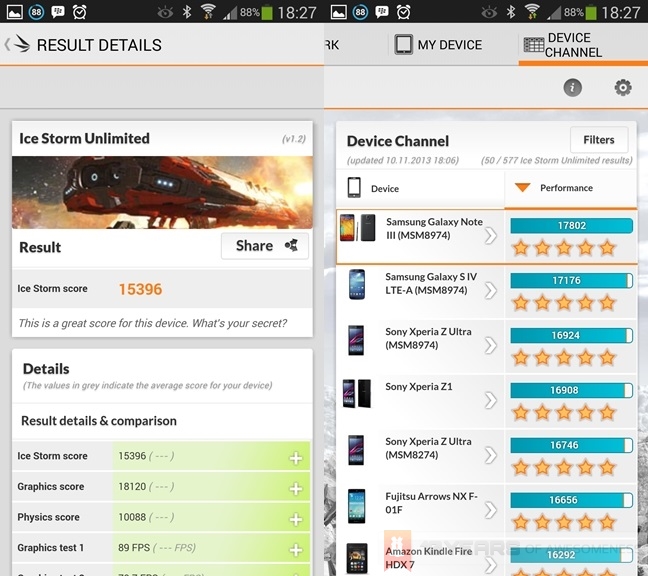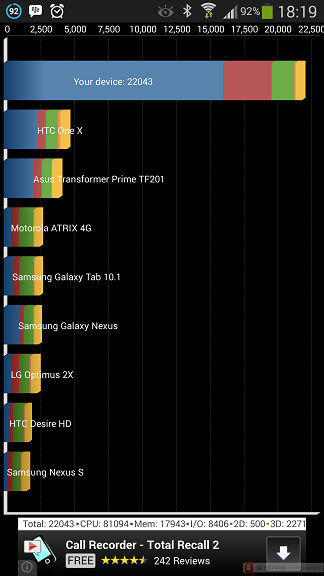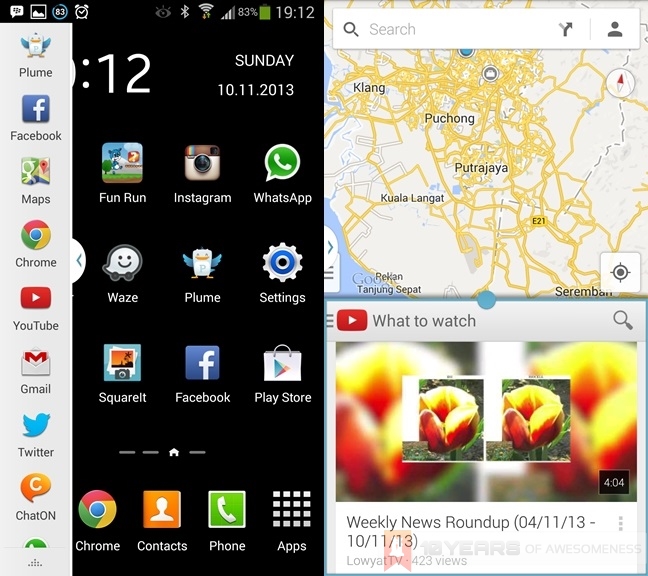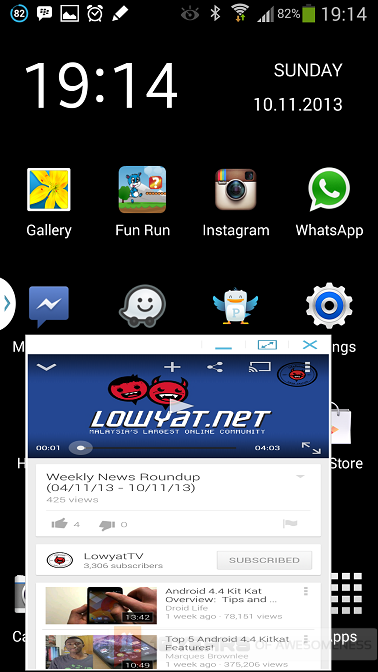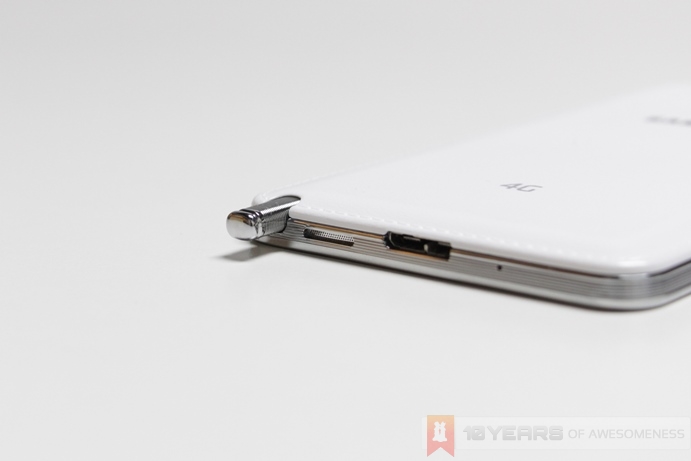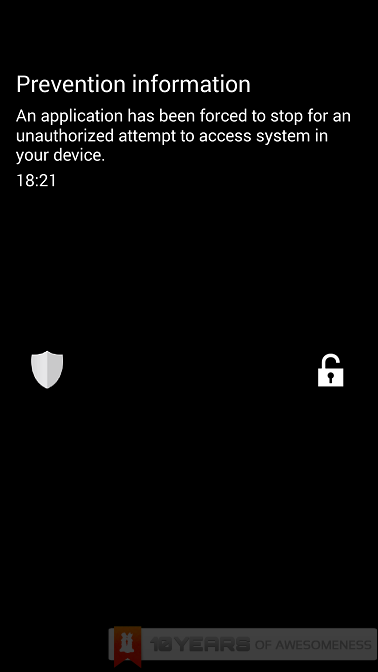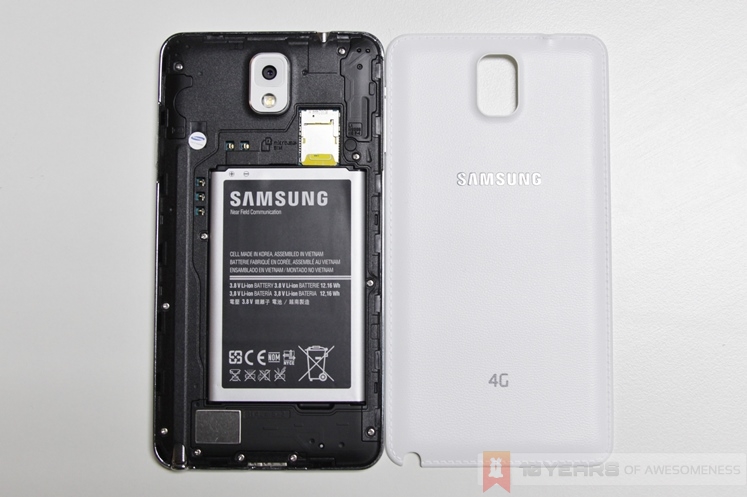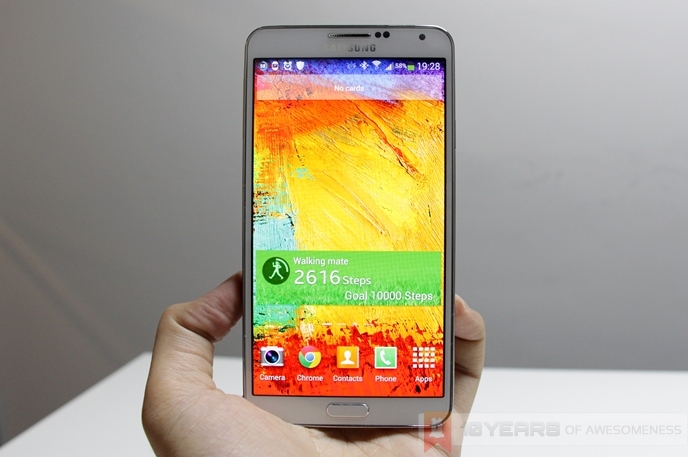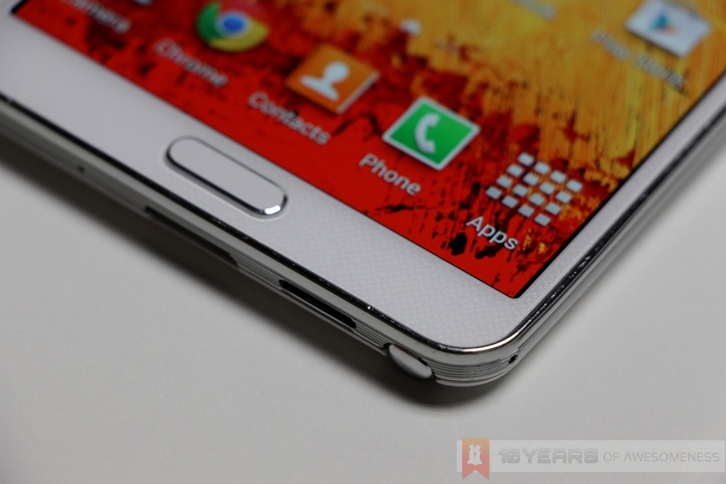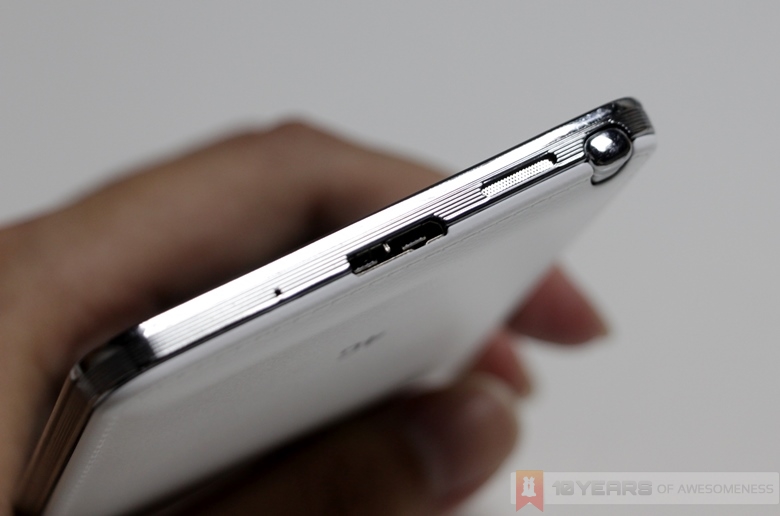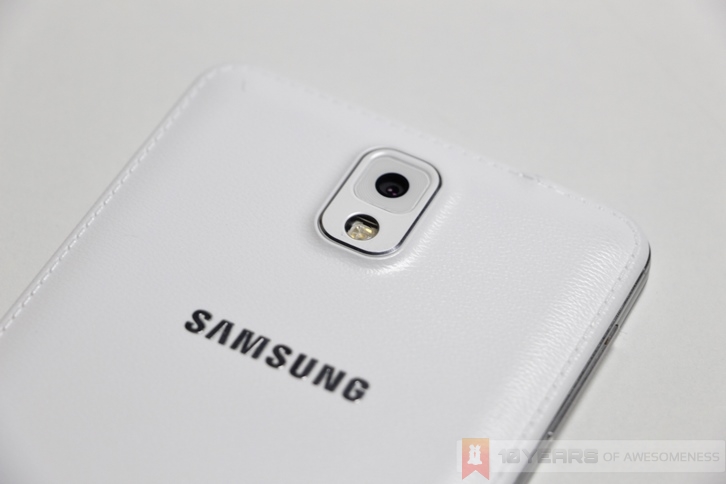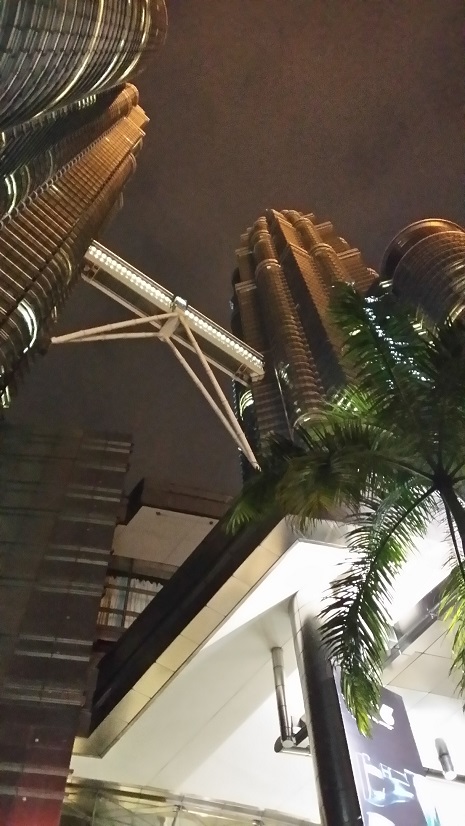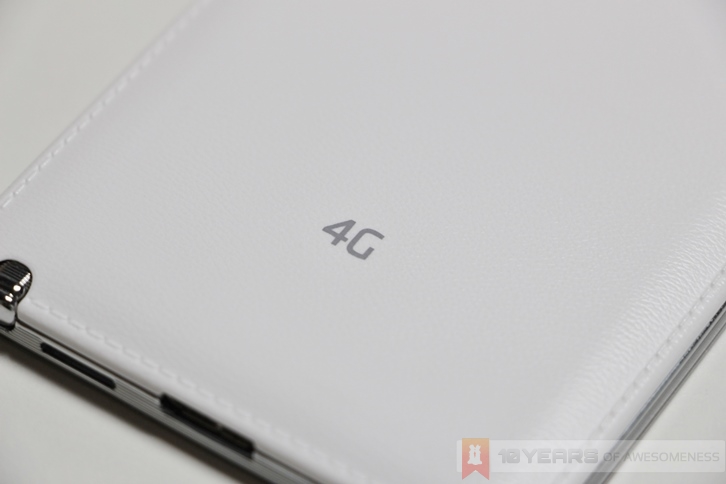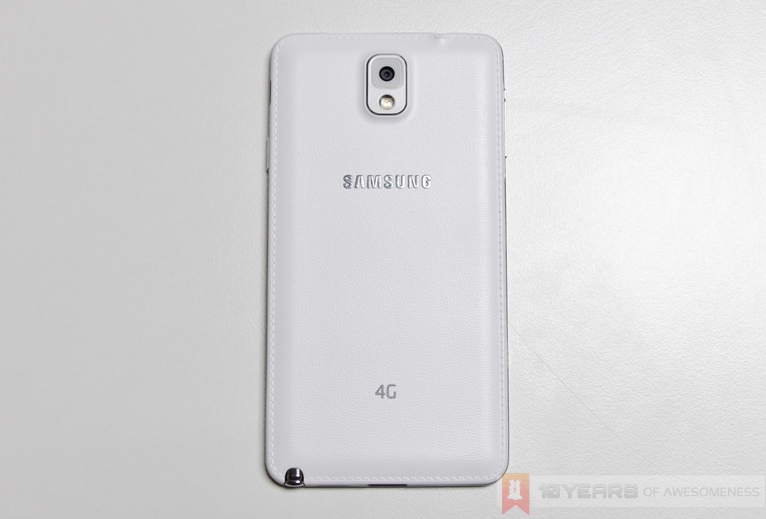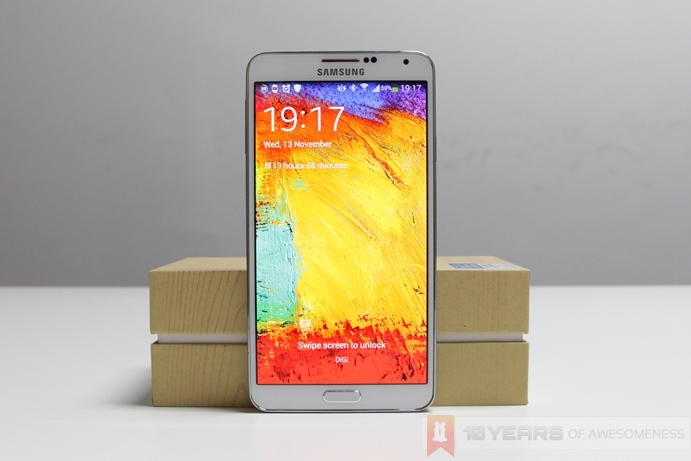
Back in 2011, when smartphones were relatively small, comfortable one-handed devices, Korean giants Samsung introduced a smartphone unlike any other that was available in the market: it was obtrusively large, and it had an integrated stylus – something not seen since the days of PDAs.
Many, including most of us at HQ, saw the Samsung Galaxy Note as one of the most ridiculous ideas to hit mass production. A phone is a phone, you use it with one hand, not two.
But lo and behold, the original Galaxy Note was a runaway success. Turns out, as the shift from feature phones to smartphones gained more traction among consumers, they began demanding more from these devices. Chief among them was a larger screen for content consumption, and Samsung were the first to introduce such a device to the market.
Fast forward two years, and Samsung’s released the third iteration of its hugely successful Galaxy Note series. Amidst greater competition from other companies, offering anything from a larger screen to a fingerprint scanner, is the new Galaxy Note 3 still the top dog among phablets?
Article continues after the jump.
First Impressions
If you’ve been following the Note series, one of the first things you’ll notice is how squared off the new Note 3 is compared to last year’s Galaxy Note II. In fact, the new Galaxy Note 3 looks more like the first Galaxy Note, which had a similar squared chassis.
Regardless, what’s more impressive is the fact that Samsung’s managed to cram a display that is larger than the Note 2’s, while hardly affecting the physical footprint of the device. Actually, the Galaxy Note 3 is actually thinner and lighter than the Galaxy Note II, while packing in significantly better hardware.
Another big change is round the back of the device, with the introduction of a less cheap-feeling glossy plastic back cover. While the new faux leather plastic back won’t win any design awards, especially with the equally fake “stitching” motif along the sides of the cover, the matte finish does at least ensure that it will not attract fingerprints and provides greater grip.
Hardware
Benchmarks
Software
For the most part, the Galaxy Note 3 feels just like any other Samsung Galaxy smartphone, but delivers it on a larger display. TouchWiz, as always, is a love or hate affair for many. If you can get past the aesthetics, TouchWiz on the Galaxy Note 3 adds plenty of new features compared to what Samsung added to its smaller flagship, the Galaxy S4.
In classic Samsung fashion, the Galaxy Note 3 comes packed with a suite of features that you may or may not know of. Sure, there are the Smart Stay or Air Gesture from the Galaxy S4 earlier this year, but did you know that there is also a One-Handed Mode, which adjusts the scale and position of the screen to make it easier for use with one hand?
What’s also different this time around is how there is little to no lag that is usually associated with a Samsung Android device. That, I’m sure, is largely due to the very powerful Qualcomm Snapdragon 800 chipset and 3GB of RAM. Multi-window applications work effortlessly, and the device didn’t slow down despite everything we threw at it. And that’s saying something, given the sheer amount of software enhancements in this device.
What truly separates the Galaxy Note 3 from other large Android smartphones is, of course, the S Pen. This time around, the S Pen has been refined with greater sensitivity from previous iterations, and the response times are a lot better, too. What’s even more impressive is just how much more integrated the S Pen is with the new software features on the Galaxy Note 3. Removing the S Pen from its housing immediately opens Air Command, which are shortcuts to the various S Pen-centric apps and features, such as Pen Window, Action Memo or even Scrap Booker.
In addition, the Galaxy Note 3 also ships with the KNOX security suite. This competitor to BlackBerry Balance, partitions the device into two separate entities: one for work and one for personal use. It allows sensitive data to have its own secure infrastructure within the device, while also allowing employers better manageability of the BYOD trends. Unfortunately, the Samsung KNOX security suite also has its hiccups on the Note 3. We saw it appearing a few times, where a notification shows that KNOX had prevented an application from accessing system files – but without mentioning which app it is that is causing the issue. Those with OCDD complexes will find this mildly infuriating, as I had been trying to figure out which app was causing the issue, but since the issue does not appear to affect the device in any tangible way, I’ve made my peace with the shield icon now permanently appearing on my status bar.
Battery Life
Despite being equipped with a generous 3200mAh battery, I found that the battery life on the Galaxy Note 3 to be rather disappointing. Throughout my time using the Galaxy Note 3, I disabled most of the “Smart” features on the display and also only sparingly use the S Pen, and I still only manage just over 15 hours of use – just about one day’s worth before it needs to be recharged. Perhaps I expected more, especially since I managed just about one or two hours less on my Nexus 4 (which has a 2100mAh battery), but battery life on the Note 3 just feels average to me on a 3G network.
Display
The Galaxy Note 3’s new 5.7-inch Super AMOLED display is amazingly crisp and borders on oversaturating everything on display, but that’s something that many consumers like these days.
Let’s also not forget that the display also sports a Full HD resolution. Combine that with the bright and punchy image properties of the Super AMOLED screen, and you’ve got a pretty amazing display for media consumption. I rarely watch YouTube videos on my smartphone, but I found myself even watching my favourite series on the device, simply because the display is large and mobile enough to be used anywhere – even when on the move.
I was beginning to understand why some people prefer larger phones.
However, the screen itself posed some issues. The review unit that I was using seemed…too sensitive to the touch. Taps frequently registered as a swipe, and if my thumb accidentally touched the screen while pressing the home button, the My Magazine app was launched (which is launched by a swipe up from the bottom bezel).
Worse still, I was not able to enable the One-Handed Mode mentioned earlier. The gesture required to enable the mode – a slingshot-like swipe from one of the side bezels and back – never registered on the review unit. However, I managed to enable the mode consistently on another Note 3 belonging to one of my colleagues.
It really was puzzling, especially when I did not enable the increased touch sensitivity mode that allows use with gloves.
Audio
The Galaxy Note 3 sports a single speaker at the bottom of the device, between the S Pen housing and the microUSB 3.0 port. For the most part, the speaker is pretty competent and has good range, adding to the media consumption experience with the device. But having been spoiled by what HTC offers with its BoomSound speakers on the HTC One and One Max, everything else just seems decidedly average.
Given the size of the device, I am pretty sure there is space in there for a second speaker, which would have made audio quality even better.
Camera
The power under the Galaxy Note 3’s hood is easily demonstrated by the camera capabilities. The Note 3 (and the Galaxy S4 before it) can capture 1080p video or stills on both the front and rear cameras at the same time. What’s different is that this time round, there is significantly less visible lag when switching between the different camera and video modes. The 13MP sensor even records videos in 4K resolution (3840 x 2160), though it isn’t as great, as can be seen in our tests.
The camera sensor on the Galaxy Note 3 also features digital image stabilisation, which doesn’t work as well as optical versions found on the Nokia Lumia 1020, but does its job pretty decently, especially in low light conditions. It still is no match for the better camera phones in the market, but as an all-round shooter, the camera on the Galaxy Note 3 holds its own.
Competition
As mentioned earlier, the phablet market has become extremely competitive compared to when Samsung first introduced the Galaxy Note (and thus creating the “phablet” term). Today, the Galaxy Note 3 faces other Android phablets jostling for market share, and premium phablets have little to separate between them.
Sony has its Xperia Z Ultra with its massive but amazing 6.3-inch Triluminos display and a similar Snapdragon 800 chipset as the Galaxy Note 3. It does not, however, sport any flash for the 8MP camera – what were they thinking?! – which makes for low-light images that are pretty much useless.
On the other hand, HTC has just announced the HTC One max, a 5.9-inch version of its flagship HTC One. For a phablet, the device is unapologetically large and hefty – it’s close to 200g – and specs geeks will be disappointed to know that the One max is “only” powered by a Qualcomm Snapdragon 600 chipset.
But what none of the competition offer is a thoroughly unique user experience from what other smartphones have: the S Pen. The inclusion of an integrated stylus fundamentally changes the way some people use a smartphone, and adds more reason to purchase a Galaxy Note than other phablets in the market, which only offer a larger screen and nothing else.
Conclusion
The Samsung Galaxy Note 3 is a very capable Android smartphone, and surprised me a lot with its performance. The Snapdragon 800 chipset is perfect for pacifying Samsung’s insistence of adding the many, many smart features on the device, which you may or may not even use.
Crucially, the S Pen integration makes for a completely different user experience from the Galaxy S4 and any other large-screen smartphones in the market. It offers something no other premium Android smartphone has, which elevates Samsung’s Note series from the competition. If you’re in the market for a large Android smartphone, the Galaxy Note 3 is the only one you should be considering, even if it costs RM2399.
Follow us on Instagram, Facebook, Twitter or Telegram for more updates and breaking news.


